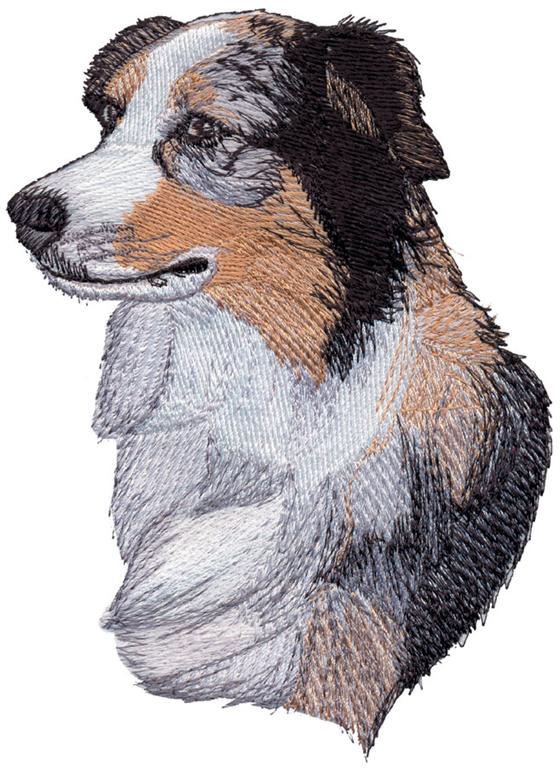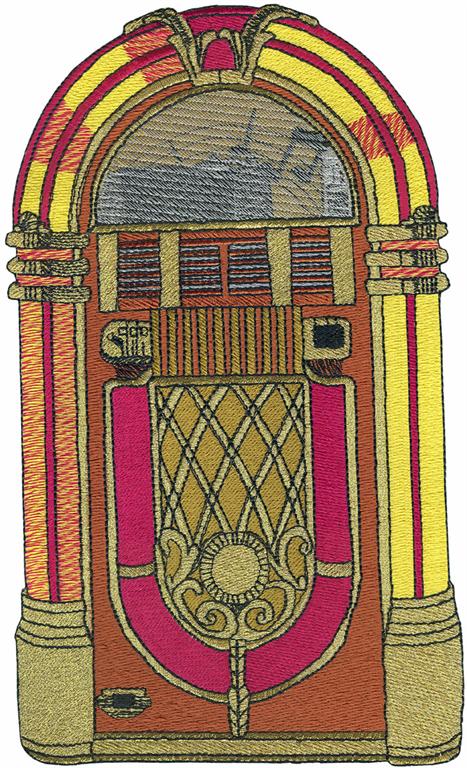Contact Us
Phone: +86 736 6666811
Email: digitizing@lovedigitizing.com info@lovedigitizing.com
Payment Method
How to Choose the Right Backing
Learn the many varieties of stabilizers and how to select the best backing for the fabric you're embroidering.
When I think about the subject of choosing the right backing or stabilizer for embroidering various types of fabrics, I am reminded of the traditional children's Sunday School song, "The Wise Man Built His House Upon a Rock."
When I think about the subject of choosing the right backing or stabilizer for embroidering various types of fabrics, I am reminded of the traditional children's Sunday School song, "The Wise Man Built His House Upon a Rock."
Yes, even in embroidery, the work needs a strong foundation, and many of the substrates upon which we place designs have too much "give" to provide a rock-solid foundation. Hence, there's a need to know the proper stabilizers for various fabrics.
The second verse of that childhood song starts, "The foolish man built his house upon the sand." Most fabrics are like sand. Without a proper foundation, they will shift during the embroidery process.
The second verse of that childhood song starts, "The foolish man built his house upon the sand." Most fabrics are like sand. Without a proper foundation, they will shift during the embroidery process.
There are many embroidery stabilizers available on the market today, and manufacturers are continually challenged to make innovative products to meet the needs of creative embroiderers.

Backing's Role
The first thing that an embroiderer must come to terms with is the need for stabilizer, commonly called backing. Fabrics, whether woven or knit, stretch as they are stitched. This is most commonly known as the push/pull factor, and is caused by the additional thread forced into the fabric and the movement of the machine. Woven fabrics, of course, are more stable than knits but still stretch on the bias (angle). Placing backing under the fabric and adhering that backing to the substrate in the area on which the design will be placed is the solution to the problem.
Stabilizer must do two things. First, it keeps the fabric from moving. (It's important to say here that the digitized design must include proper underlay stitches to adhere the fabric to the stabilizer.) It is that combination of proper stabilization and the support of the stitches that will enable the substrate to resist movement in all directions, no matter how many stitches the design has. Secondly, the stabilizer provides support for the stitches in the design.
The challenge comes in the choice. The common seamstress saying, "So many fabrics, so little time", is what makes the challenge. The garments and accessories that we decorate on a daily basis are constructed from that wide variety of fabrics, and consequently, require different methods of support during embroidery.
As a digitizer and the owner of a stock embroidery design company, I deal on a daily basis with a customer base whose skills span the entire spectrum of embroidery experience, from beginners to experts. The most common complaint of beginning embroiderers is a lack of registration on the designs. This complaint rarely comes from experienced customers. Why not? Beginning embroiderers have yet to learn about and experiment with the wide assortment of backing products available to them. Good backing and good hooping techniques are keys to quality embroidery.
Eighteen years ago, when I entered the embroidery industry, there were no choices when it came to stabilizers. Cutaway was it! Or, if there were others, I didn't know about them. Throughout the years, many other products have been developed that aid in the embroidery process. These innovative products are also well suited for the garments that are decorated, creating a more professional-looking finished product.

Normally, backing is to be hooped with the substrate, but some of the products listed below are hooped separately because of the nature of the backing. Fabric stretch is the primary consideration when selecting a type of backing. The backing must be stable enough to support both the fabric and the stitches that will be placed on that fabric.
Cutaway backings range in weight from 1.5 ounces per yard to 3 ounces per yard. Cutaway products are the most resistant to needle penetrations and should be used with all knit and stretchy fabrics. As the name implies, excess backing needs to be trimmed from the finished garment with scissors. Medium-weight cutaway is often regarded as the universal stabilizer, but the seasoned embroiderer will certainly want more choices.
Tearaway stabilizers can be used on more stable fabrics, generally wovens, and are available in weights from 1 ounce per yard to 3 ounces per yard. There can be many advantages to using a tearaway product. It saves time, pulling away from the design as it stitches and allowing the embroiderer to easily remove any excess backing from the garment by hand.
Tearaway leaves no potentially uncomfortable edges poking out around the inside edges of the finished design. And on nonwearables, like towels, where both the back and front of the design can be seen, tearaway leaves no unsightly backing showing once it has been removed.
Copyright (C)2002 - 2016,Love Embroidery Digitizing, All rights reserved.
